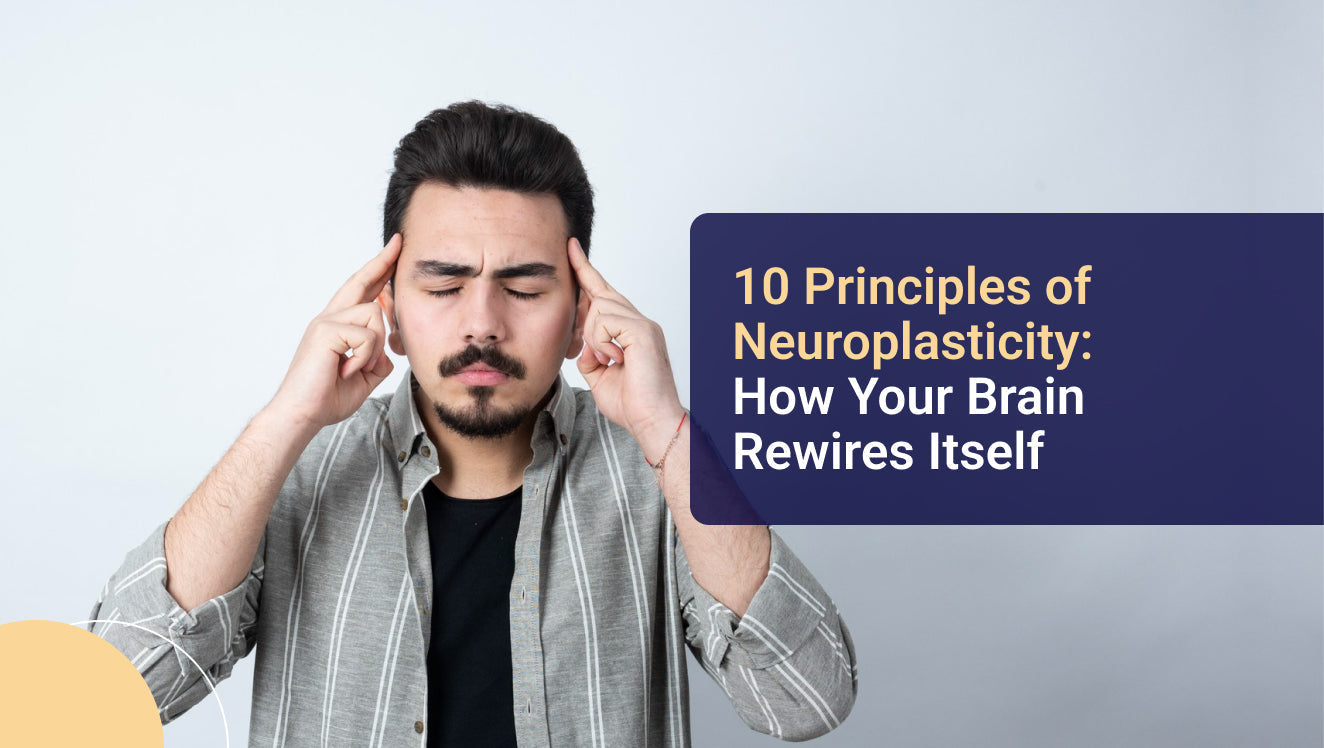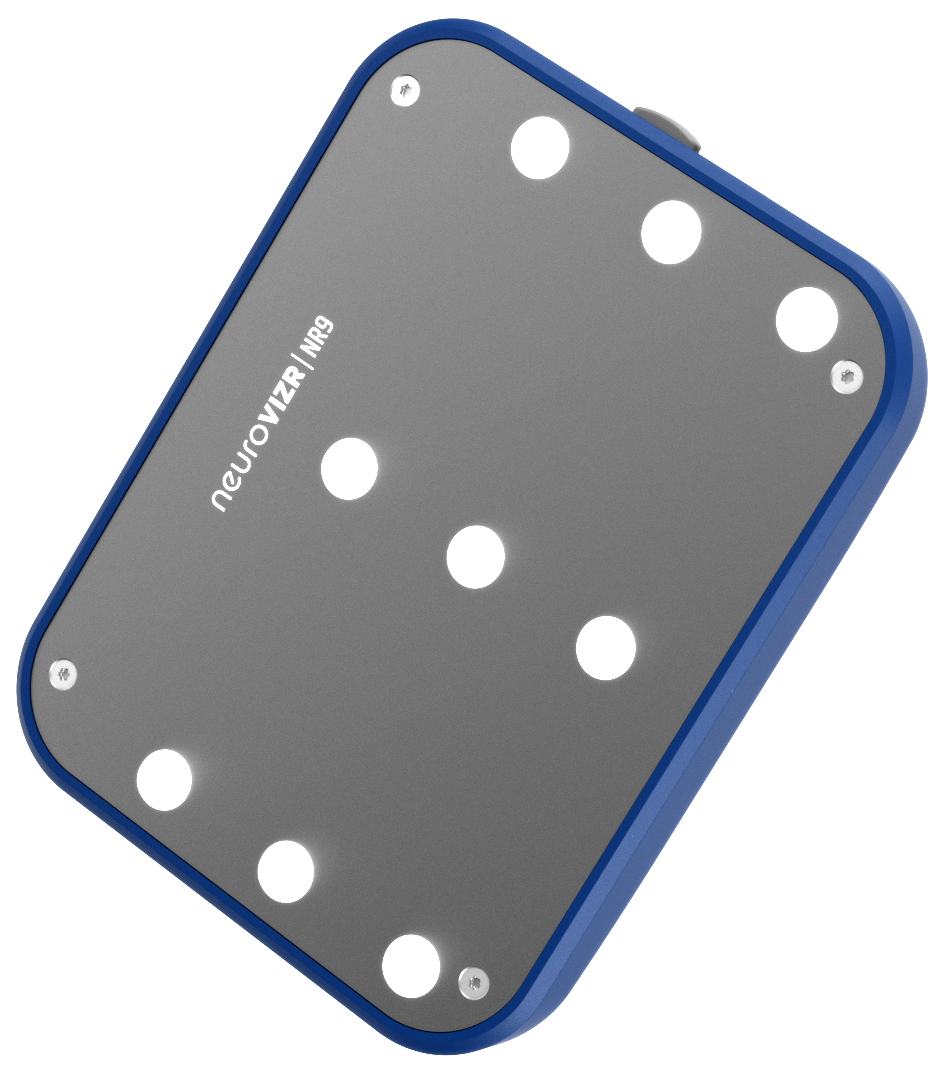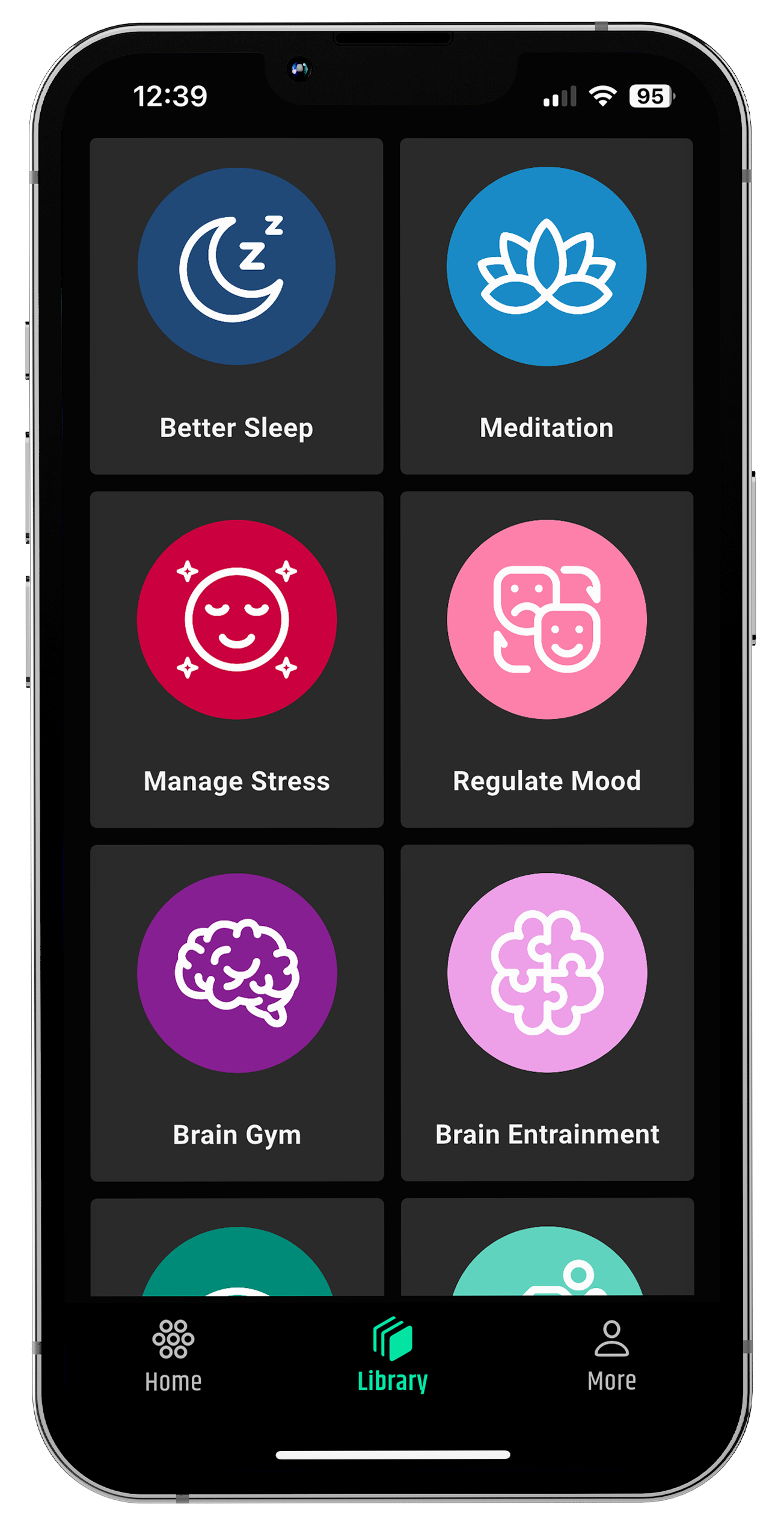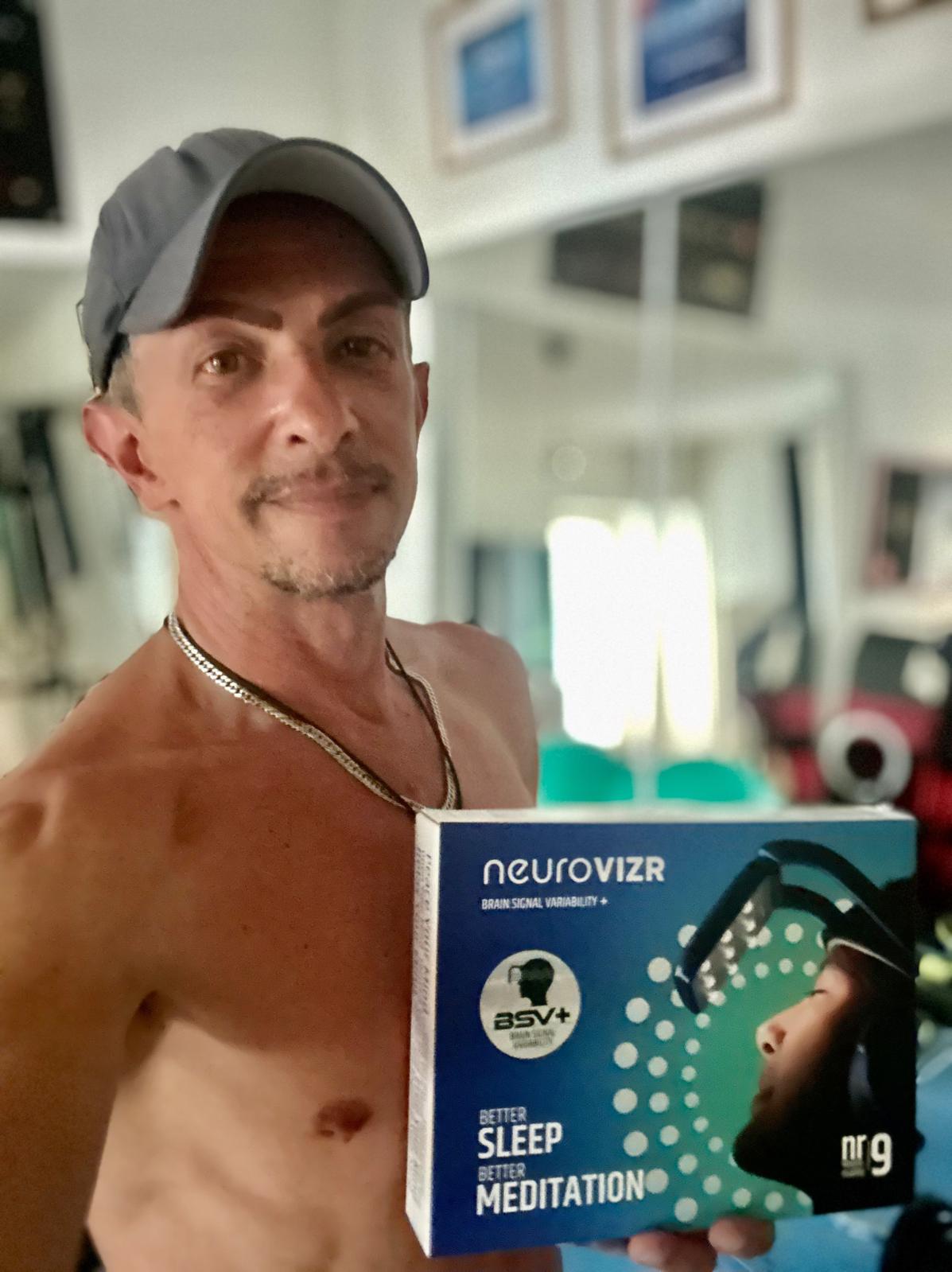Neuroplasticity is your brain’s innate ability to reorganize itself by forming new neural connections. It allows the brain to adapt to new information, recover from injury, and rewire in response to thoughts, behaviors, and experiences. Whether you’re recovering from a stroke, improving focus, or just trying to stay sharp, understanding the 10 principles of neuroplasticity can help unlock your brain’s full potential.
This blog breaks down the 10 core principles, originally outlined by Kleim and Jones (2008), and explains how you can practically apply them in daily life or therapy. Whether you're a student, a clinician, or simply curious about how the brain learns and adapts this is for you.
The 10 Principles of Neuroplasticity
1. Use It or Lose It
If a neural pathway isn't regularly activated, it weakens over time. Inactivity leads to functional degradation. For example, if you stop practicing a language, your fluency fades.
How to apply: Stay mentally active with challenging tasks like learning an instrument or solving puzzles.
2. Use It and Improve It
Consistent engagement strengthens neural pathways. Repeated use enhances the brain's efficiency and skill performance.
How to apply: Repetition with focus boosts learning. Practicing specific skills like balance exercises after an injur builds stronger circuits.
3. Specificity Matters
Neuroplasticity is task-specific. Practicing a particular function or skill leads to changes in the neural circuits related to that task.
How to apply: Want better speech? Practice speaking. Want to improve memory? Train memory tasks.
4. Repetition Matters
One-time practice isn’t enough. Repetition of a behavior or skill is essential to create lasting neural changes.
How to apply: Repetition with consistency (not perfection) lays the groundwork for lasting change.
5. Intensity Matters
The level of challenge and engagement matters. More intense training yields better results in a shorter time. You should know about neuroplasticity exercises for anxiety.
How to apply: Short, focused sessions that push your limits are better than long, passive ones.
6. Time Matters
Plasticity occurs at different times and phases in the healing or learning process. There’s a critical window for some types of learning especially after brain injury.
How to apply: Early intervention post-injury or stroke can be crucial. But neuroplasticity is life long it’s never too late to start.
7. Salience Matters
The brain changes more when the task is meaningful or emotionally relevant. Motivation enhances neuroplasticity.
How to apply: Tie learning to personal goals or emotional investment to make it stick.
8. Age Matters
Younger brains are more malleable, but adult brains still possess the ability to adapt. However, changes may take longer with age.
How to apply: Lifelong learning is possible just be patient and persistent.
9. Transference
Gains from one task can transfer to similar skills. Practicing one motor skill can improve another related skill.
How to apply: Train across similar contexts like walking on grass, carpet, and stairs for more adaptive learning. There is a thing like Positive Neuroplasticity.
10. Interference
Poor habits or competing activities can interfere with new learning. For example, compensatory strategies might hinder true recovery post-injury.
How to apply: Focus on quality practice. Avoid multitasking or reverting to easier habits when challenged.
 Why These Principles Matter for Brain Health and Therapy
Why These Principles Matter for Brain Health and Therapy
Neuroplasticity is not just theory it’s a roadmap for rehabilitation, skill acquisition, and brain wellness. These principles are central to programs like constraint-induced movement therapy (CIMT), cognitive rehabilitation, and speech-language therapy. They’re also relevant for healthy adults looking to improve memory, attention, and emotional resilience. neuroplasticity therapy.
If you're exploring brain-training tools like neuroVIZR, these principles underpin how such devices and practices stimulate new pathways and cognitive performance.
Final Thoughts: Harnessing the Brain’s Ability to Change
Neuroplasticity gives us hope. Whether you're recovering from injury, learning a new skill, or managing cognitive decline, applying these principles makes change possible. Consistency, focus, and the right type of stimulation can help reshape your brain at any age.
For more insights on how tools like neuroVIZR support neuroplasticity through light, sound, and guided visualization, check out our neuroVIZR Brain Rewiring.
FAQs About Neuroplasticity
What are the principles of neuroplasticity?
The 10 principles of neuroplasticity are: Use It or Lose It, Use It and Improve It, Specificity, Repetition Matters, Intensity Matters, Time Matters, Salience Matters, Age Matters, Transference, and Interference. These principles guide how the brain rewires through experience and learning.
What kills neuroplasticity?
Factors that hinder neuroplasticity include chronic stress, lack of sleep, sedentary lifestyle, poor diet, substance abuse, and minimal mental stimulation. Neurotoxins, inflammation, and depression can also impair brain adaptability.
What are the 4 types of neuroplasticity?
The four main types include:
-
Synaptic plasticity (changes in synapse strength),
-
Structural plasticity (rewiring and growth of neural connections),
-
Functional plasticity (compensating for damage), and
-
Activity-dependent plasticity (triggered by learning and activity).
What is the principle of specificity in neuroplasticity?
The principle of specificity means the brain changes in response to the specific task practiced. For instance, practicing speech improves speech-related circuits—not motor function.
Disclaimer: neuroVIZR is a wellness device created to promote relaxation, focus, and overall brain wellness. It is not a medical device, does not provide diagnoses, and is not intended to treat, cure, or prevent any medical condition. The device is not suitable for individuals with epilepsy. Experiences and results may vary from person to person.



























Share:
Neuroplasticity and Anxiety: How to Rewire Your Anxious Brain?